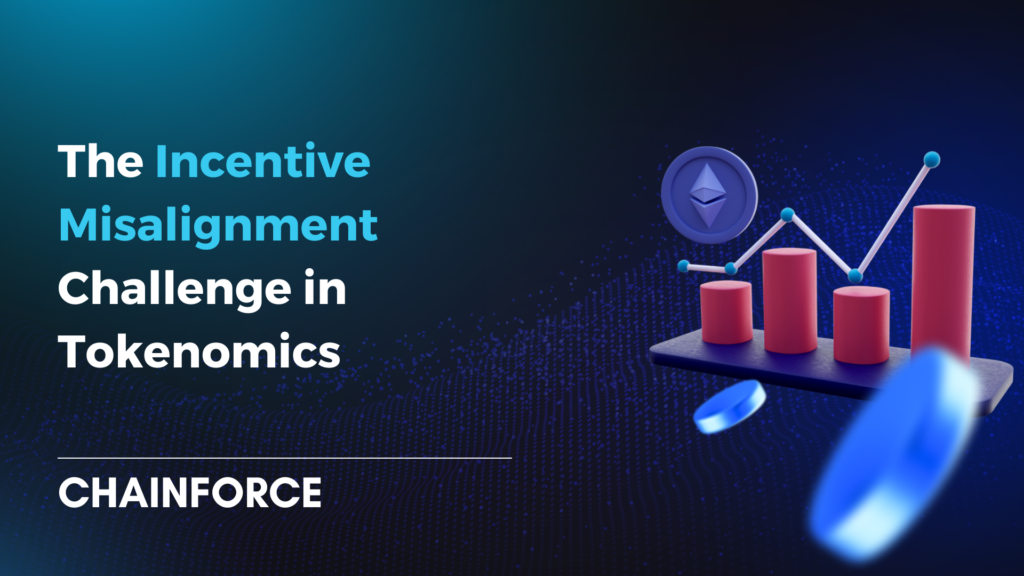Introduction
In the world of blockchain technology, one of the most innovative crowdfunding methods is the Initial DEX Offering (IDO). An IDO, short for Initial DEX Offering, is a fundraising technique that gathers investment capital from retail investors. Unlike traditional fundraising methods, an IDO takes place on a decentralized exchange (DEX).
The emergence of IDOs as a fundraising technique can be attributed to the shortcomings of Initial Coin Offerings (ICOs). ICOs lacked proper regulations and investment safeguards, leading to numerous issues. Without stringent rules in place, ICO projects often bypassed thorough vetting processes.
So, what exactly is an Initial DEX Offering (IDO)?
Understanding Initial DEX Offering (IDO)
An Initial DEX Offering (IDO) is a fundraising approach that pools investment capital from retail investors. This unique approach was developed to address the shortcomings of the traditional ICO crypto crowdfunding model.
How Does an Initial DEX Offering Work?
An IDO leverages a DEX to streamline the token sale process. Once a project lists its tokens on the platform, investors commit their funds through a launchpad. The platform handles the final token distribution and allocation. All these processes occur automatically through digital contracts on a decentralized ledger. Let’s delve into the standard steps for conducting an upcoming IDO:
- Vetting: After the verification process, the IDO project offers its tokens at a specific rate. Investors lock their funds in exchange for these tokens. Later on, investors receive their coins during a token generation event (TGE).
- Whitelist: Eligible investors join the IDO offering list after completing specific promotional tasks. These investors are required to provide their wallet addresses.
- Liquidity Pools: Some of the funds raised can be utilized to establish a liquidity pool with the project’s token. The remaining funds are handed over to the token issuer. After the TGE concludes, investors can begin trading their tokens.
- TGE (Token Generation Event): At this stage, users receive their tokens, and the liquidity pool becomes active for trading.
Steps for Launching an Initial DEX Offering
Here’s a step-by-step guide on how to launch a successful IDO:
1. Develop Your Token and Define Token Economics
Begin by creating a crypto token for your project on the selected decentralized ledger, which could be Ethereum, EOS, Binance, or others. Prior to token development, define your project’s token economics. This structure should align with your and your target customers’ needs. Additionally, the token’s design should be appealing to attract a larger audience. Key considerations when determining your IDO structure include:
- Deciding the total token supply.
- Allocating an amount for your project’s development.
- Determining the quantity for airdrops.
- Specifying how much will be committed to liquidity pools.
2. Identify Your Target Audience
Once your tokens are ready, it’s crucial to identify the right investors to purchase them. Some projects target retail investors, while others aim at experts and visionary newcomers in the blockchain space. The choice depends on your project’s goals and investor preferences. Targeting the right audience helps build a community that believes in your idea, generating excitement around your project.
3. Select Your Blockchain Network
Multiple decentralized ledgers support IDOs, including Binance Smart Chain and Ethereum. Before choosing a blockchain for your token sale, carefully study its advantages and disadvantages. Some projects may opt to launch their IDO on one blockchain while issuing tokens on another.
4. Evaluate Your IDO Launchpad
After determining your target audience and preferred blockchain, evaluate different IDO token launchpad options that align with your project’s criteria. Carefully vet these launchpads to identify those with a reputable track record. Additionally, consider their fee structure and whether they offer promotion support services.
5. Develop Marketing Collateral
Creating marketing materials such as a website and a whitepaper is essential when launching your IDO. A professional website enhances your project’s credibility and attracts potential investors. A whitepaper contains valuable information that empowers potential investors with knowledge, guiding them through the investment process.
6. Test for Security and Documentation
After laying the foundation for your IDO, the final step is to thoroughly test it. Ensure that your digital agreements, documentation, and code undergo thorough examination for any potential issues or bugs. This step is crucial, as DeFi and crypto investors conduct extensive due diligence before considering an investment. It’s advisable to engage a third-party company to provide an objective assessment and testing for your project.
Final Thoughts
Conducting an IDO can be a complex undertaking for many project owners. However, this crowdfunding approach has gained popularity among projects seeking to raise funds through decentralized exchanges. The steps outlined above serve as a comprehensive guide for successfully conducting an IDO offering.



